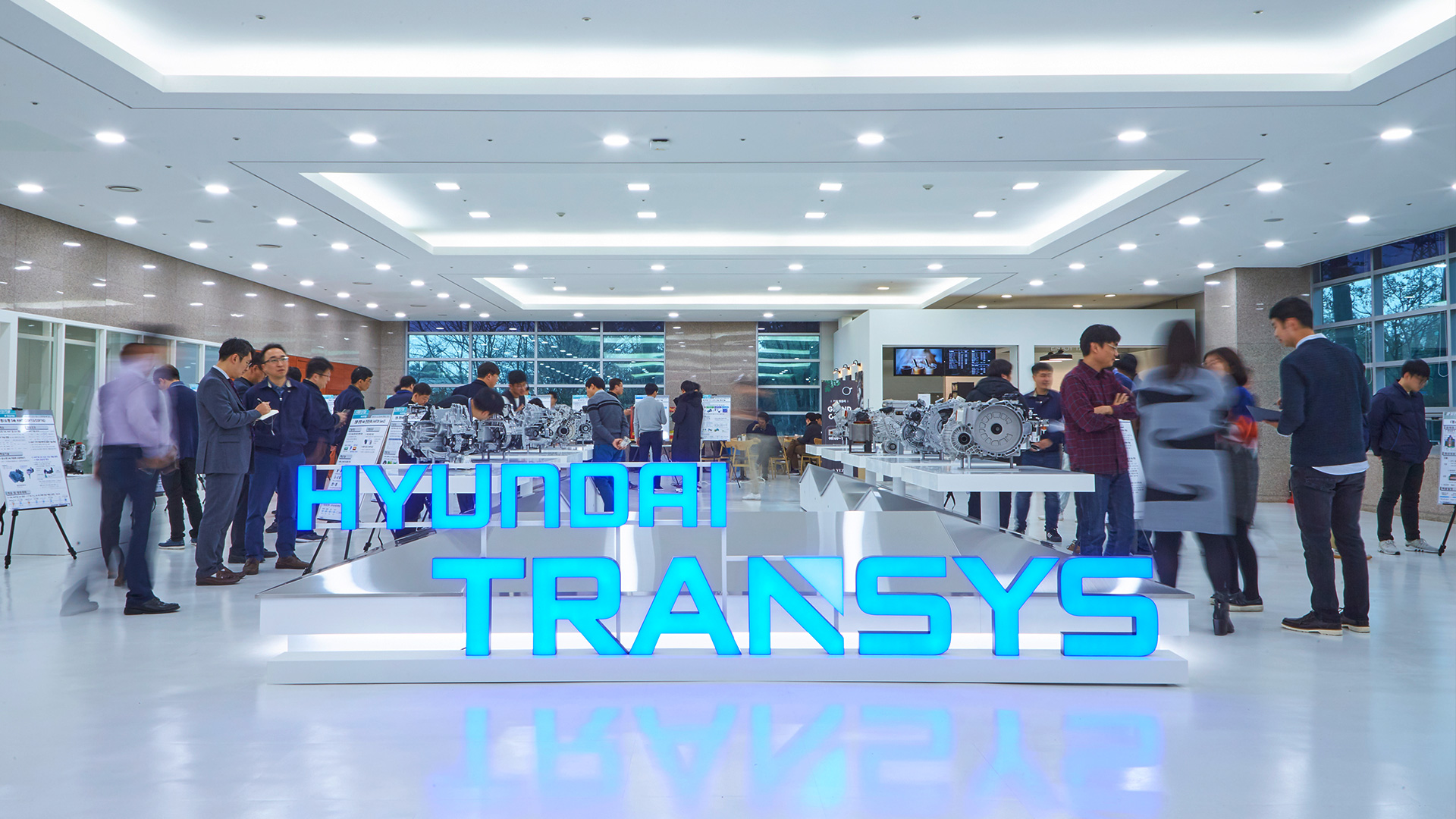
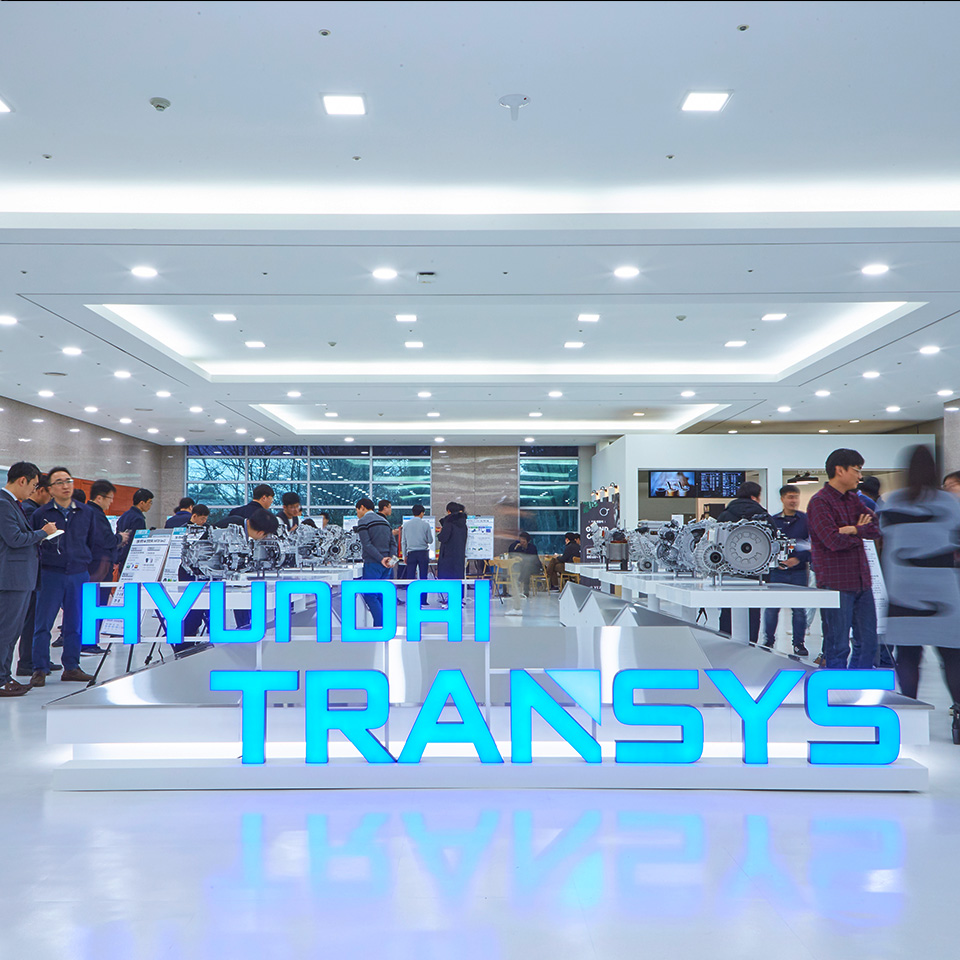


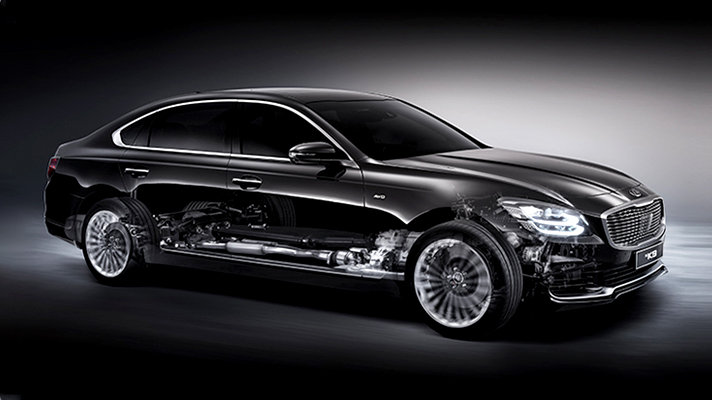
Car manufacturing encompasses a diverse set of fields―from the production of materials such as rubber, glass, metals, leather, and plastic to technologies in mechanical, electrical, and chemical engineering as well as IT, the finished car is an amalgam of human progress in multitudes of areas. Realistically, a single car company cannot oversee all these areas in operation. Thus the importance of competitive and knowledgeable parts suppliers: without good parts, a good car cannot be made.
In the past, parts suppliers were just producers-on-demand, precisely supplying the parts as requested by the car manufacturer. But with the accelerating modulization of car parts, parts producers have evolved to rival the car companies not only in size but also in technological expertise. Often, these suppliers are the ones to lead the innovation and application of new technology, intensifying their collaboration with the car manufacturers. Indeed, their technological expertise has led them to directly participate in the development of new car models in recent years.
Of all the parts, though, the transmission is considered the most complex, requiring the highest order of competence from its suppliers; not only is the transmission complex structurally, but it also requires careful attention to aspects like power transmission efficiency, fuel efficiency, size, and operability.
As the most reputable powertrain producer in Korea, Hyundai Transys is featuring a diverse portfolio of powertrains to stand out in the global transmission market. The company was founded as a result of the 2019 merger of Hyundai Powertech, which produced AT (Automatic Transmission) and CVT (Continuously Variable Transmission), and Hyundai Dymos, which produced MT (Manual Transmission) and DCT (Dual-clutch Transmission). The merger of these two Hyundai affiliates was executed with hopes of increasing the effectiveness and efficiency of production, sales, and R&D of transmissions. The early returns appear promising. Hyundai Transys has now become the only company in the world capable of producing all types of transmissions in-house, and its diverse full lineup of AT, MT, DCT, CVT, and AMT (Automated Manual Transmission) is fueling the company’s vigorous activity in the global arena.
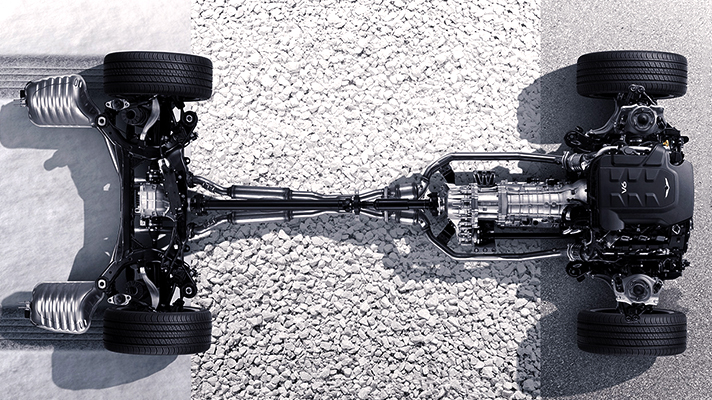
The incredibly diverse product portfolio is undoubtedly one of Hyundai Transys’s biggest strengths. Transmissions for front-wheel-drive, rear-wheel-drive, or large commercial vehicles fill out the catalog’s prominent categories; transmissions and reducers for special-class vehicles like K1A1 Tanks, ITX Saemaeul trains, KTX trains, and HEMU-430 are also noteworthy. But by far the most demand-heavy model is the front-wheel-drive automatic transmission. Available in 4, 6, and 8-speeds, the model is widely used in vehicles small and large, from Kia’s city car Morning to Hyundai’s flagship sedan Grandeur. The 8-speed rear-wheel-drive transmission is also available for premium models. Possessing excellent power transmission efficiency and meeting rigorous NVH standards, the 8-speed RWD transmission is a state-of-the-art technology applied to Kia Stinger and Mohave, as well as Genesis G70, G80, and G90.
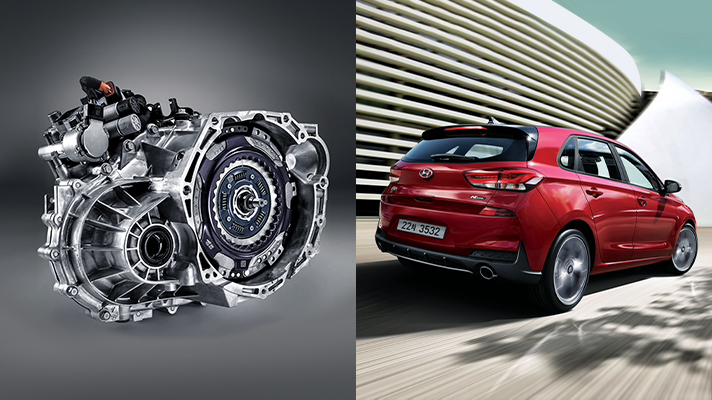
Boasting the convenience of the automatic and the advantages of the manual transmission, the 7-speed DCT is installed mostly to small and compact models: Hyundai i30, Tucson, and Veloster, as well as Kia K3 GT, Seltos, and Sportage feature this transmission. These cars have excellent drivability as one of their main selling points and thus are a perfect fit for the 7-speed DCT. Transys’s new 8-speed DCT, with performance and efficiency improvements over the 7-speed, will soon undergo mass production.
Meanwhile, the highly fuel-efficient new CVT is currently applied to the 2nd-gen K3. By optimizing the gear shift patterns to the driver’s intent and driving conditions, the new CVT boasts high responsiveness and performance that provides a fun driving experience. It also comes with the first metal chain belt in its segment, securing improvements in both efficiency and durability.
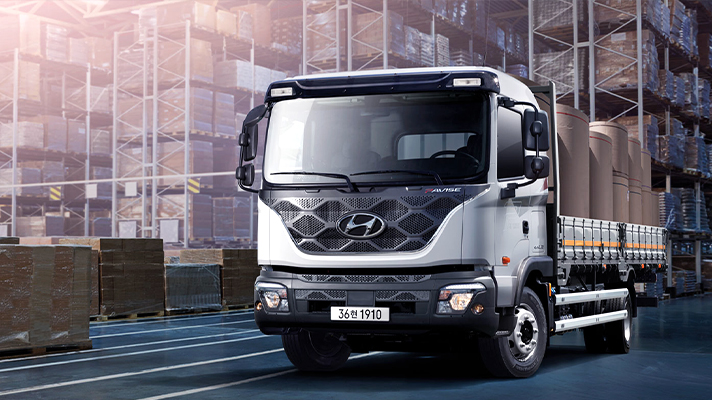
The catalog features manual transmissions for cars, SUVs, buses, and commercial trucks, available in 5, 6, 10, and 12-speeds. The company’s know-how in building such a wide variety of transmissions is becoming useful in recent years, when global trends for sustainable transport are resulting in increasingly rigorous environmental standards. Powertrains for hybrid vehicles, plug-in hybrids, electric vehicles, and hydroelectric vehicles are prominent newcomers to Transys’s lineup. This diversified portfolio clearly stands out among the relatively one-dimensional catalogs of the competitors. Of course, as it is so in every industry standout, there is diligent work under the hood that makes the company’s rising status possible. We visited Hyundai Transys’s Powertrain R&D Center in Hwasung, South Korea, to discuss these efforts with the engineers on site.
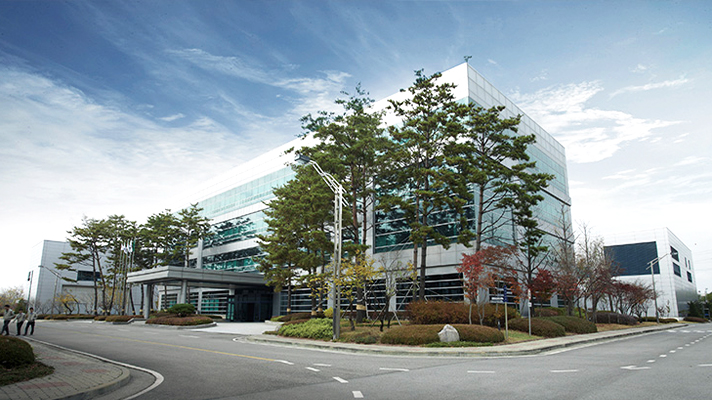
The interview includes four engineers who are engaged in developing future powertrains: Senior Engineers Kim TaeHoon and Myung SeungMin, the developers of hybrid powertrains; Senior Engineer Park SangMoon, responsible for quality and reliability control; and Senior Engineer Kim JuYoung, responsible for performance testing. Together they discussed the development process of transmissions as well as the new transmission being readied for mass production.
Q. What is the development process of transmissions?
Kim TaeHoon | First, we got to establish a schedule. We set the target performance threshold of the new transmission being developed, and that target allows us to set the intermediate tasks in the calendar. By in large, there’s the designing stage, and there’s the performance testing stage. More specifically, those stages may be divided into design & interpretation, initial development, testing & proofing, and preparation for mass production. The finished transmission is the result of these stages in sequence.
Q. What is the difference between designing and testing?
Myung SeungMin | Well, designing is about conceiving and planning a product. Testing is about ensuring the performance and durability standards of the already conceived product. For example, during testing, we subject the transmission to several rigorous tests and make improvements to ensure that it is durable enough to hold up even during heavy use by the customers.
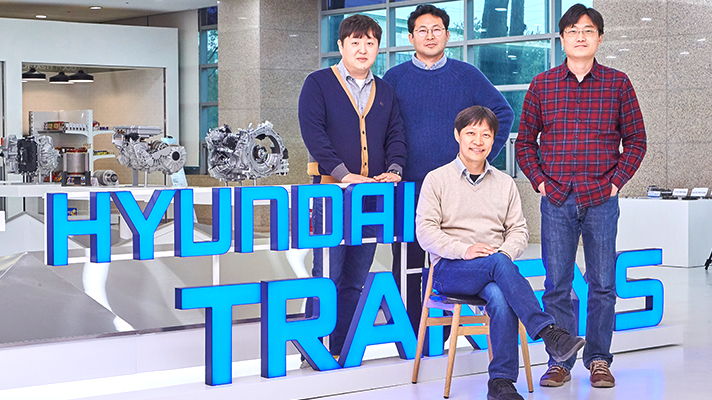
Park SangMoon | Performance testing comprises three steps of prototype development, design verification, and product verification. Each step can take from as little as four to six months to about a year. After that, we subject the product to durability tests and find rooms of improvement by using the test data. This cycle of testing and amending iterates many, many times.
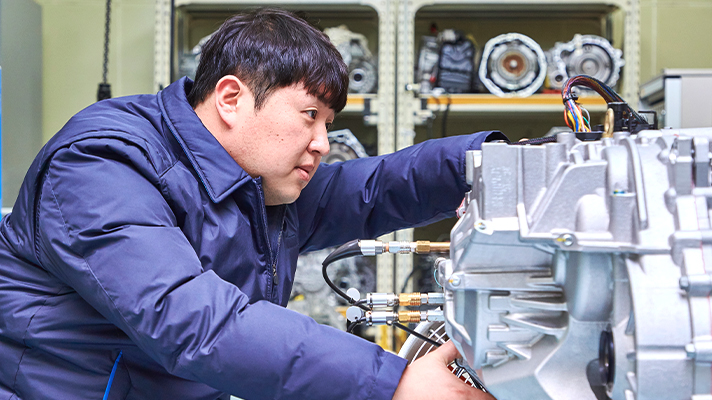
Q. How are the R&D roles divided between Transys and car manufacturers?
Kim TaeHoon | The development process varies with the transmission type and the car manufacturer. For ATs used by the Hyundai Motor Group, the Namyang Institute does the designing and prototype development, and the Transys engineers enter the fray at the performance testing stage. For foreign manufacturers, though, we often take up the entire responsibility from initial design to mass production. We’re trying to be more independent in our R&D efforts so that we can share more ideas with the car manufacturers and even propose to them completely developed products.
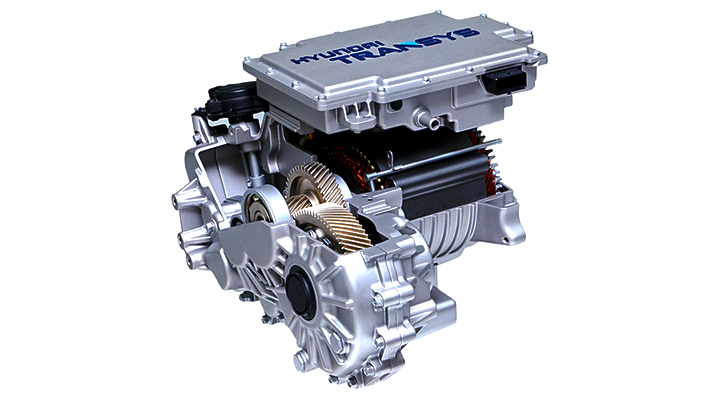
Last December, Hyundai Transys hosted a year-end R&D convention to share and commemorate the fruits of the 2019 calendar year. The event showcased developments on 31 powertrains that were the focus of the R&D year. Electric powertrains like 6 and 8-speed ATs for large hybrid FWD vehicles shined in one corner; 6-speed AT for mid-size FWD vehicles, 8-speed AT for large FWD vehicles, 12-speed AMT for commercial vehicles were placed in the other. But amidst dozens of transmissions, the product that best captivated the engineers was the 3-in-1 Integrated EV Powertrain System developed independently by Hyundai Transys, which integrates the reducer, motor, and inverter into a single-body powertrain.
Q. With the new EV powertrain system, Hyundai Transys has become the only company in the world to make all types of powertrains. What was behind the decision to develop EV reducers?
Myung SeungMin | The global powertrain market is fast changing. Our market competitors like ZF and Aisin, and even companies who used to specialize in motors, are trying to expand their product ranges to include EV motors and reducers. In order to stay competitive, we also had to expand to EVs. Thankfully, our existing know-how in building internal combustion engines translated well to this new development.
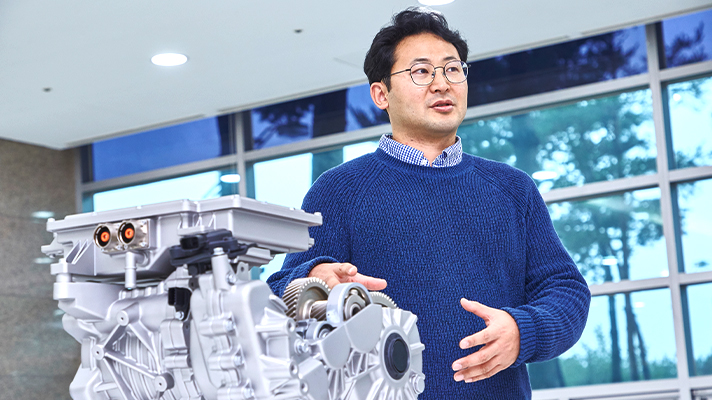
Q. What exactly does the reducer do?
Park SangMoon | The reducer is a type of transmission used for electric vehicles. A motor has a significantly faster RPM than an internal combustion engine, so applying a standard transmission to an electric vehicle is like trying to peg a square into a circular hole. The reducer is a transmission tailored to the motor’s characteristics such that the generated power can be more effectively delivered to the wheels. It’s called a “reducer” because it literally reduces the RPM of the motor to generate higher torque.
Q. What are the characteristics of the new EV reducer?
Myung SeungMin | In the past, the motor and the reducer were separate parts. And the inverter, which delivers and controls the electricity to the motor, was also separately placed in the engine room. This arrangement inevitably results in long electric cables, not to mention separate casings and coolers for each part. Not only does that make the car heavier, but it also makes the powertrain take up too much space in the vehicle. The new 3-in-1 Integrated EV Powertrain combines the motor, inverter, and reducer in a single system. It’s compact and cost-efficient; the EVs equipped with it will not only be cheaper but also have a lot of space for more efficient designs. The target performance threshold was set at the max output of 150 kW, the max torque of 350 Nm, and the max speed of 16,000 RPM. We also tried hard to make the system’s central technologies independently ours and achieve similar reliability standards as those of our competitors.
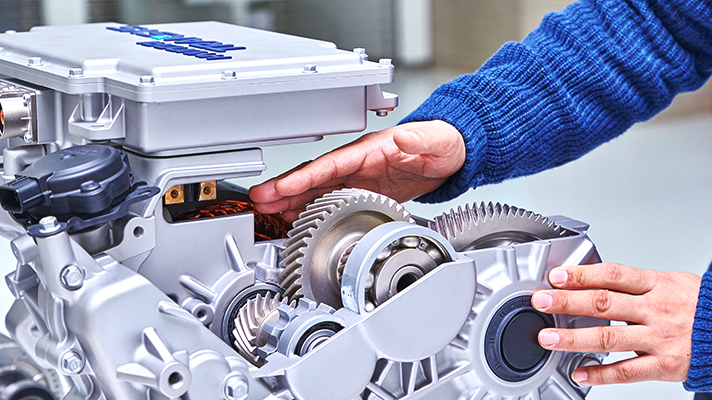
Q. Given the growth of the electric powertrain market, is Transys making any specific preparations?
Myung SeungMin | Our defining product is still transmissions for internal combustion engines, but we’re trying hard to make our mark in the electric powertrain market as well, diligently improving the EV reducer’s performance and quality. Our facility is now equipped with a new test